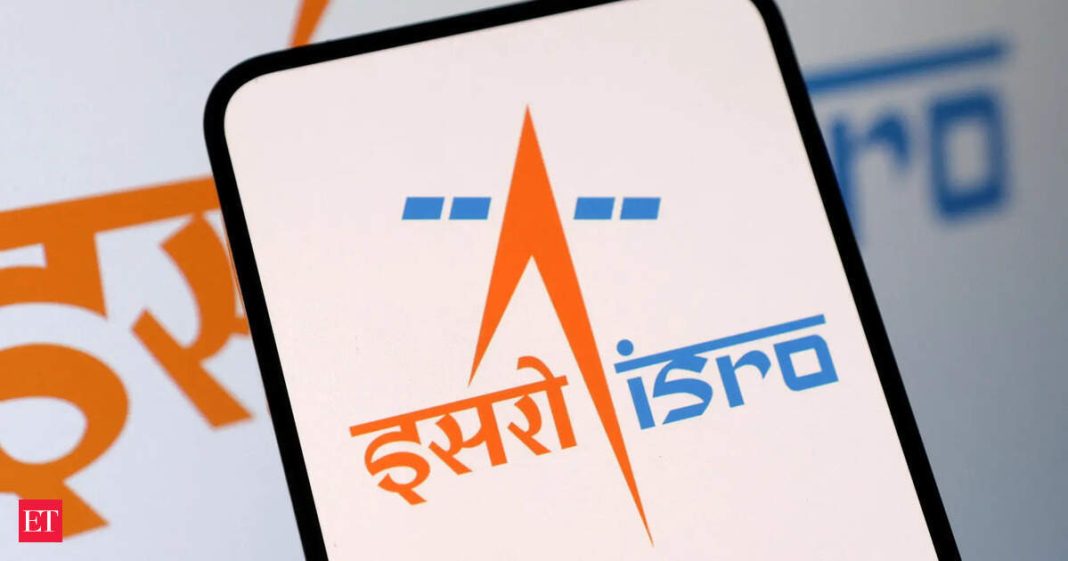ISRO Achieves Breakthrough in Cryogenic Engine Technology
The Indian Space Research Organisation has successfully tested boot-strap mode ignition for its CE20 cryogenic engine, potentially marking a world-first achievement that enhances mission flexibility for future LVM3 rocket flights.
Key Details of the Test
ISRO conducted the 10-second test under vacuum conditions at its High-Altitude Test facility in Mahendragiri on November 7. The CE20 engine powers the upper stage of the LVM3 rocket and is already qualified for Gaganyaan missions.
Why Boot-Strap Mode Matters
Under normal operations, engine ignition begins with tank head pressure followed by turbopump startup using a stored gas system. For future multi-orbit missions requiring multiple in-flight restarts, the current configuration demands additional startup gas bottles – reducing payload capacity.
“Hence, achieving boot-strap mode start – where the engine builds up to steady operation without external start-up assistance – is essential,” ISRO stated.
Technical Breakthrough
During the test, engineers employed a multi-element igniter in both the thrust chamber and gas generator. The gas generator ignited under tank head conditions, and turbopumps started without the startup system.
“Subsequently, boot-strap mode build-up and steady-state operation of the engine were successfully demonstrated,” the agency confirmed.
ISRO declared this “perhaps for the first time in the world” – representing a significant milestone for enhancing restart capability and mission flexibility of future LVM3 flights.




